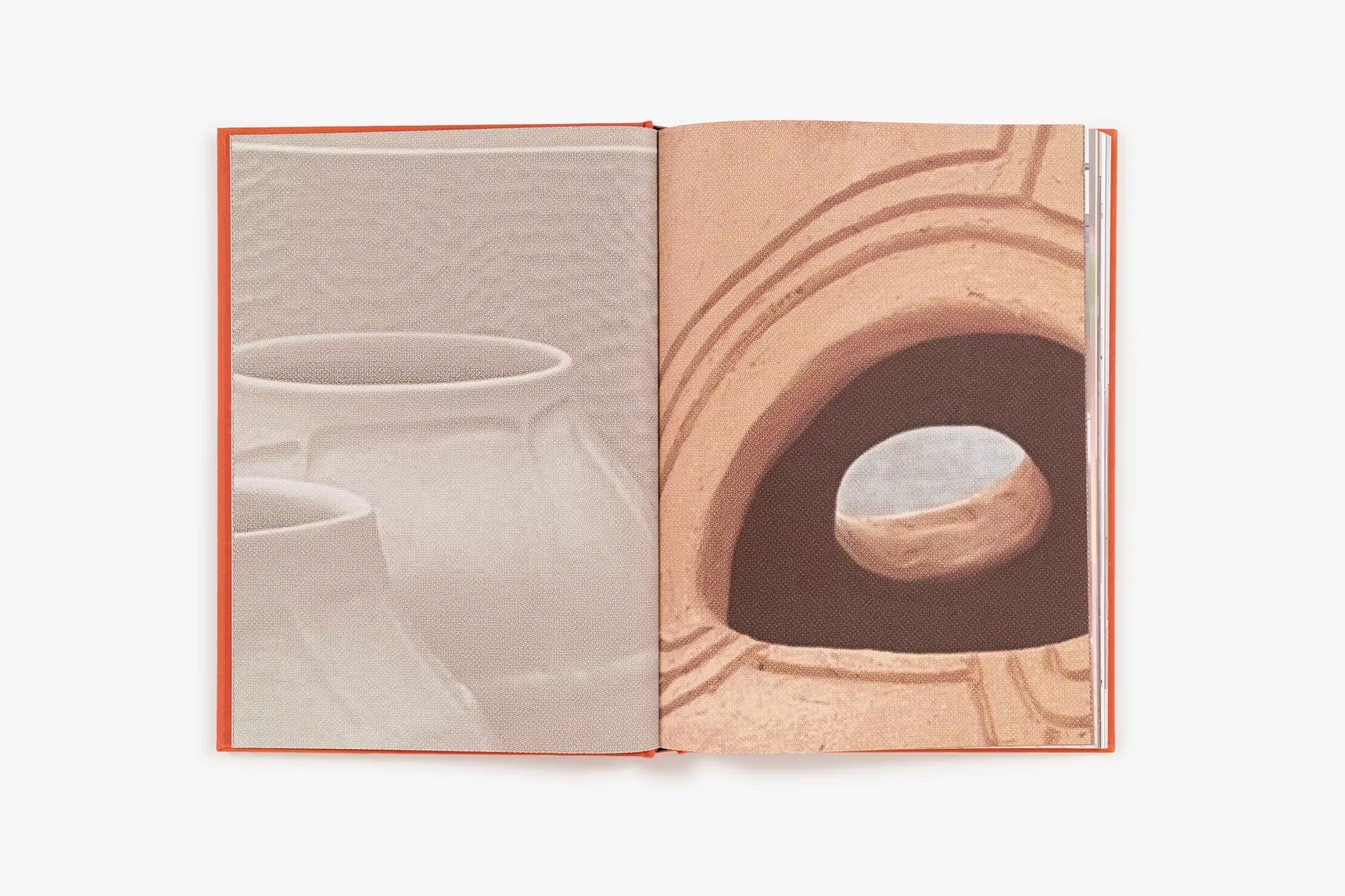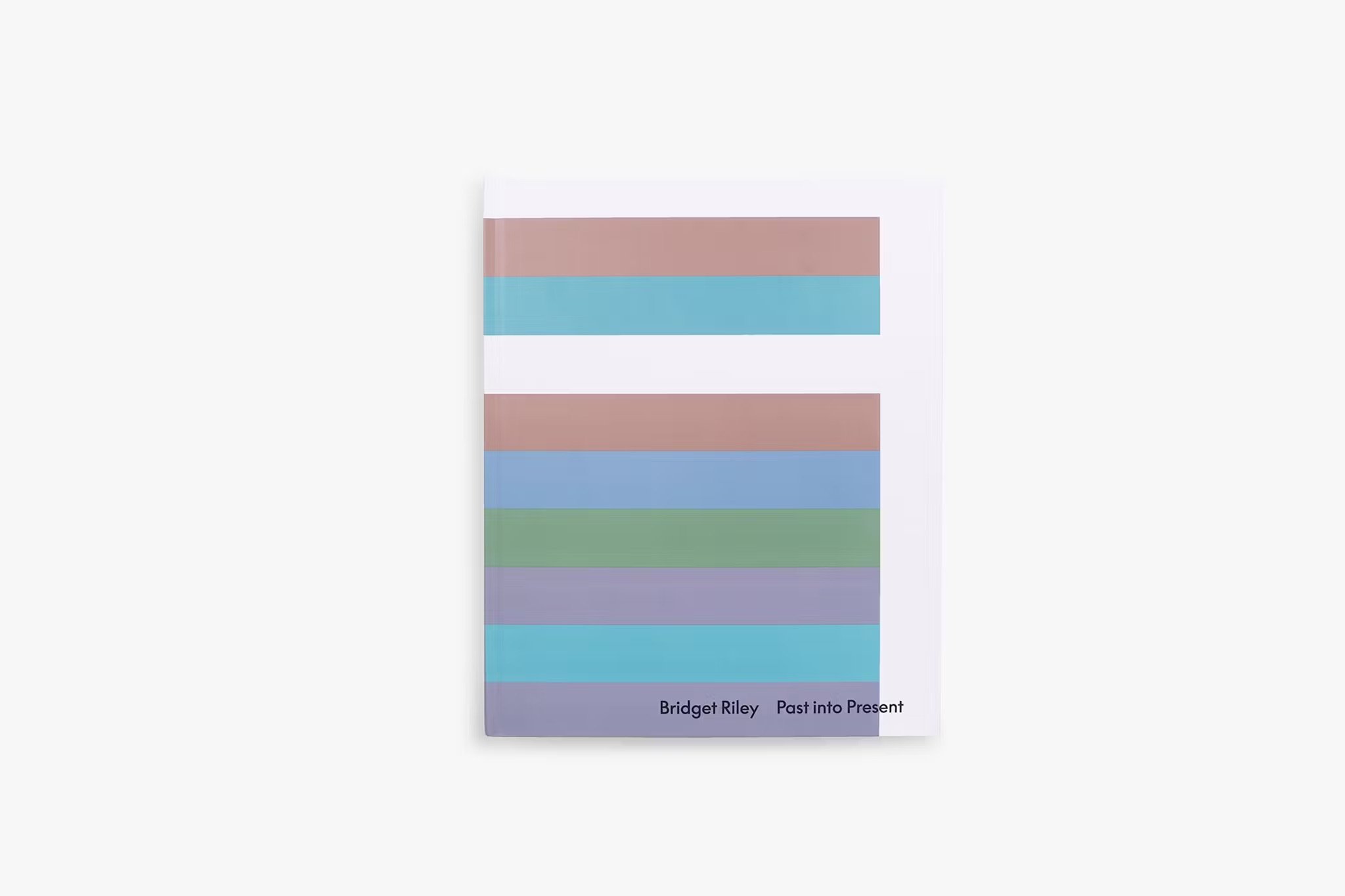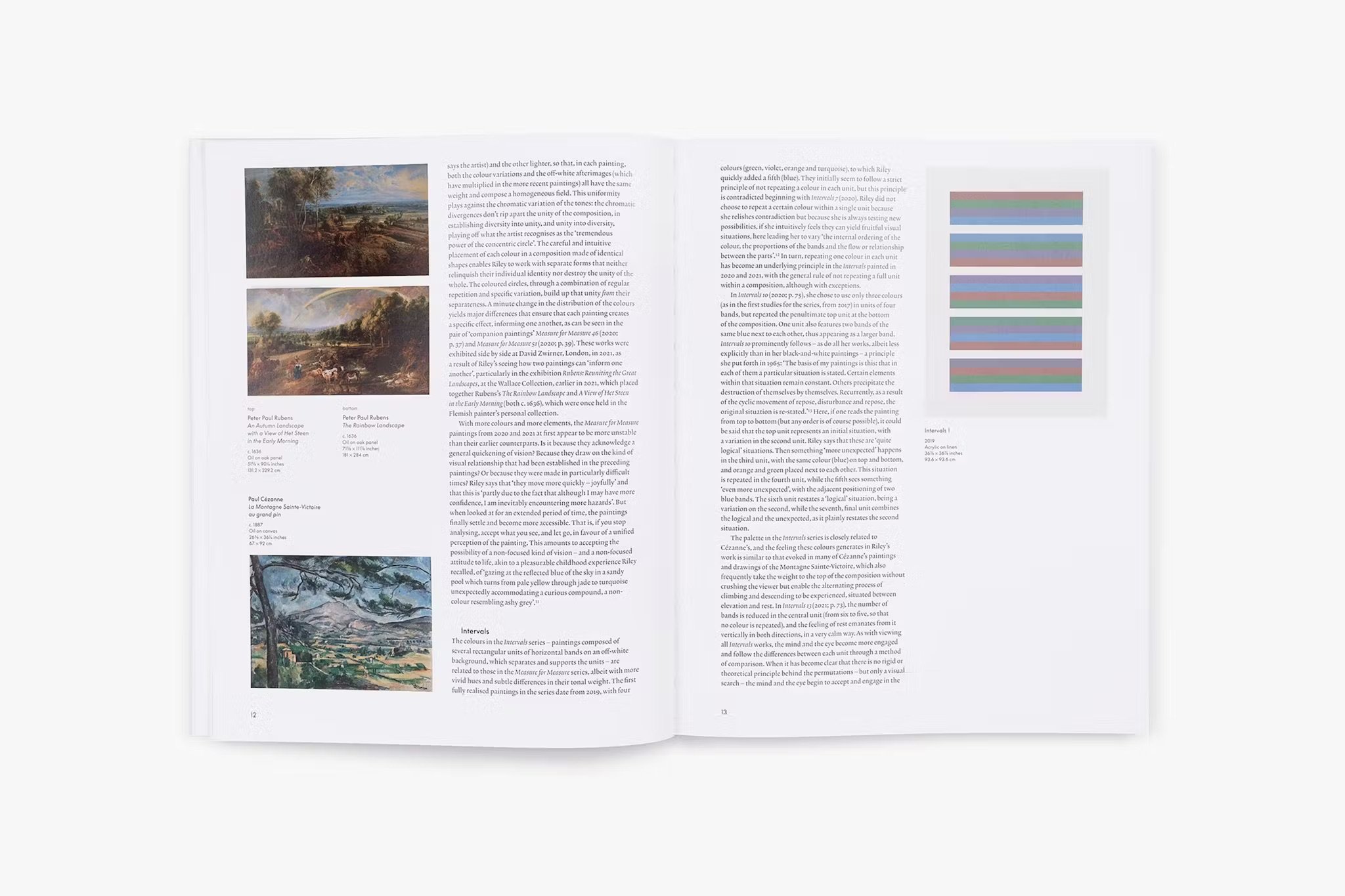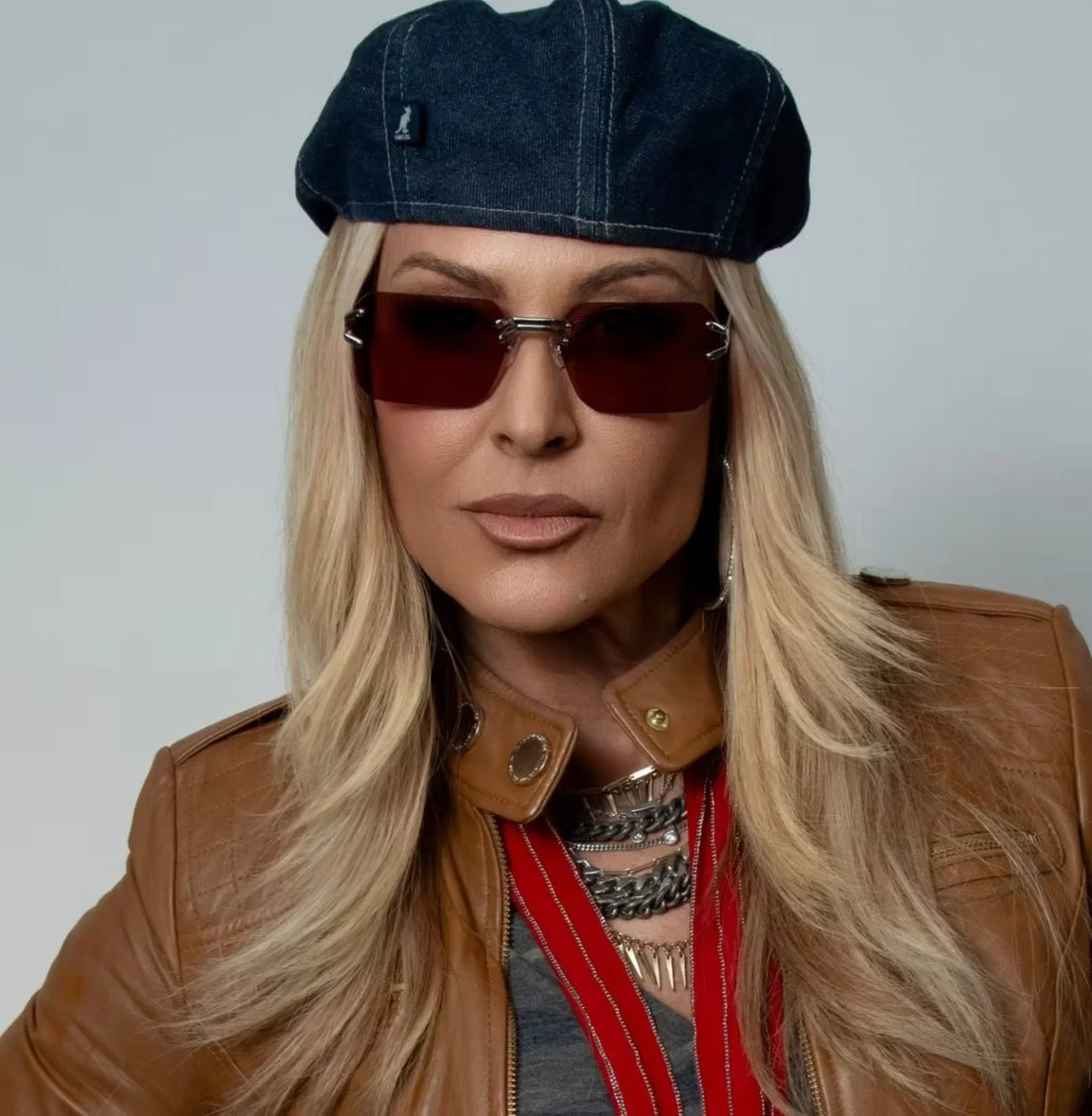The Art World’s Bookmaker
Doro Globus, 2024. Photography by Eva Herzog. Courtesy David Zwirner Books.
Doro Globus
The Art World’s Bookmaker
By Bonnie Langedijk
Can you capture art? While an impactful vehicle for connecting with an artist’s work, museum exhibitions and gallery shows are fleeting. They’re a moment in time that warrants an in-person visit. And that’s exactly what makes them worth experiencing. In this digital-first era, books and publications have remained the vehicle of choice in the art world to extend that singular moment in time. Through extensive research, distinct design language and in-depth storytelling, they present a snapshot of an artist’s legacy that would otherwise be lost. Where art publishing used to be led by large art institutions, museums and traditional publishing houses, today commercial galleries have become key contributors to the industry. One gallery that has led the way when it comes to exploring new avenues to expand the storytelling beyond an exhibition is David Zwirner. The gallery – with locations in New York, London, Los Angeles, Paris and Hong Kong – launched its publishing arm David Zwirner Books in 2014.
The woman who runs it all is Doro Globus. With nearly two decades of experience working in arts publishing, calling Globus an expert is an understatement. As a passionate advocate for sharing creativity, Globus has dedicated her career to telling stories of artists and writers. As the head of David Zwirner’s publishing arm, she has worked on countless art books and projects with an impressive list of artists and art historians including Dawn Adès, Michael Bracewell, Fred Wilson and Bridget Riley. “We are really led by the artist. Often the best way to figure out where a book will go is just by sitting with a big fat pile with an artist and seeing what they're drawn to. It's funny, for some people it's a really natural process and for some people it's really intimidating,” Globus told HURS. Her latest endeavor includes taking on a part of the publishing industry catering to a younger clientele; those aged 4 to 8. In partnership with illustrator Rose Blake, Globus authored two books – Making a Great Exhibition; an insight into the workings of artists and museums and I Am an Artist; an exploration of the many ways artists work and the reasons why they make art – aimed at explaining the art world and its inner workings. But we’ll let Doro do the talking.
I Am an Artist (David Zwirner Books, 2024). Photography by Madison Carroll. Courtesy David Zwirner Books.
The David Zwirner bookstore in New York. Courtesy David Zwirner Books
Bonnie: You've published many art books, but two of your latest projects were children’s books. What was your process of deciding what would be part of the book?
Doro: My son, who's my older child, wants to know how it all works. During Covid, I was working from home much more, and he saw all the different parts of books because I approved the stages of each book. I would get all these packages and he just kept asking, when are you going to make a book for me? That was part of it. The other part was this nagging feeling of nobody really understanding how the art world works. A lot of nonfiction books for children just present fact after fact. I read tons of books with my kids and I find those really unfulfilling, because they're just telling you. I wanted to do things differently. What was amazing about the first book in particular, is how many people at the gallery bought it for the person in their life who didn't understand their job.
You grew up with parents who worked in creative fields. Don’t you think it's funny how you don't realize you see things other people don't because of the people you grow up around?
Doro: You don't realize it's such a privilege to be taught creativity throughout your life without it being actively taught. That’s what I've come to realize becoming a parent even more so. My kids are completely comfortable going to any exhibition, being in any type of adult space. There's so many layers to why there are blockers to valuing creativity and understanding spaces are for everyone.
“You don't realize it's such a PRIVILEGE to be taught creativity throughout your life without it being actively taught.”
Creativity is also made to be this thing that you either have or you don't. When you go to school, you have to follow the assignment.
Doro: Yes, that’s completely true. As far as drawing or being an artist, I'm rubbish but I think of myself as a very creative person. With any sort of job or career, the more ability you have for creative thought and actually thinking outside those lines that you're mentioning, the better you're gonna be at the job. Educators really think of drawing as a gateway to writing. It's about cause and effect. It's stuff like that I'm trying to go against.
Thought is key to the creative process, and in school you're valued if you're a great drawer, but maybe you're expressing a thought way better when you're not good at drawing at all.
Doro: Exactly. It's about challenging what you accept. A coloring sheet in a restaurant actually is really quite boring.
Exactly. Do you think the power of some artists is to hold on to some of that childishness or that open-minded way of looking at the world?
Doro: That's a tough question. It probably depends on the artists. Many of the artists that I work with are so rigorous and intentional with what they do that they do have that freedom that we assign to children. A lot of the artists that I work with have a project. They have something that they're really trying to figure out on the canvas or help you to see or help them to understand. Maybe that is liberating.
What do you think the most important thing is that adults can learn from children when it comes to creativity?
Doro: Children ask questions and want to know everything in a really equal way. They don't have this value yet that one thing is better or more important. It’s that permission to have this unfiltered curiosity to just ask, how did you do that? Or how was this made? If they met an artist, they would just ask them whatever questions they wanted to ask, whereas an adult would have all this baggage and be scared to ask, is it fun to be a painter? Is it hard work to be a painter? It's that curiosity that we don't have.
Shio Kusaka: one light year (David Zwirner Books, 2024). Courtesy of David Zwirner.
Shio Kusaka: one light year (David Zwirner Books, 2024). Courtesy of David Zwirner.
It's completely free of ego. Earlier, we spoke about how to capture the essence of the art industry in a way that’s understandable for children. When you're working with an artist, you and other people on the project have their ideas about an artist's work. But an artist also has their own view of their work and who they are as an artist. How do you find that balance of including everyone's vision of who that artist is?
Doro: That can be really tough. Sometimes you'll get a response you weren't expecting and you have to pivot. It’s about being flexible and presenting things as a choice and an option. The book One Light Year we made with Shio Kusaka was really interesting because she had a really clear vision for her book. She kept saying she wanted it to be really cinematic. We said we needed an essay and she didn’t think we needed one. She taught us something new about bookmaking. There are three different styles of printing and details of the work. I realized as the book came together that they were actually visual essays. They were telling us just as much as writing about it would. There's this style which is on an uncoated paper, and that was interesting for the production manager because she had to print noise into an image, which is what we usually spend all of our time avoiding. It took us out of our comfort zone. In the end, this was a transcript of her walkthrough of the show. And then we printed these iPhone photos with a single color because the pieces of ceramic were on a reflective piece of metal. It makes every object look like an artifact.
It's about being open-minded enough for the end result to be something else than what you initially expect. How would you describe your own way of working?
Doro: My desk is always really messy. It's complete chaos. But, I'm definitely a planner and organized. A lot of it is intuitive, which goes back to that training that you and I had from our creative parents. We just were taught how to look and how to assess visuals. Your question made me think about when I had to read two different translations of the Odyssey side by side in high school. That was one of the most formative moments for me because it was such an illustration of how we read differently and what we take with us. The idea that two people can read the exact same thing and approach it differently. That's what art is.
That’s beautifully put. In the digital age, what do you think is the importance of books today and how do you see that role of publishing in the future?
Doro: I'm really just not worried about digital at all. I know that all of our artists still really want to make the book. The layers that you get in a book, you're not going to get elsewhere. That experience of sitting down with a book is very different to sitting and looking at a screen reading on the screen. Books are mementos and so people want them. The bigger change in arts publishing would be that the commercial galleries really are part of that space in a way they weren't before. A lot of publishing used to be almost dependent on something like a co-publication model with a gallery or maybe funding from the gallery. Today, we have very big print runs for a lot of our books. They're competing with some of the best art publishers in the world. The fact that commercial galleries are publishing and distributing and not just making books for their clients or because their artists want to do a book, is probably a pretty big shift over the past decade.
I didn't know that. I saw you also worked on a Bridget Riley book and I just love her work. What was it like to work with her?
Doro: Before I worked at David Zwirner, I worked for a man named Karsten Schubert, who was Bridget Riley's agent. He had a publishing company called Ridinghouse. I actually ran that company with him for nine years and learned probably everything about making books from him. We worked a lot with Bridget and it's such a privilege to be with someone who really does see differently. I've had experiences of going to her own shows with her and having her talk me through work, but also going to other shows. We went to the Da Vinci show together at the National Gallery. Now when I look at art, I think about how she would look at it. The fact that she developed a completely new vocabulary, a new style of painting, but is so embedded in history is fascinating. Most people who approach her work wouldn't necessarily realize her references. What she's seeing, what she's looking at and who she's reading, but it's so much a part of her being. She speaks about her work as democratic, which I think also feeds into what I try to do. Everyone understands a triangle and a stripe and a circle ultimately from a very young age. She’s in her nineties, still making you work, still pushing. In terms of making books with her, she definitely is someone who knows what she wants. She has a style and ultimately cares most about the color. I learned a lot about printing from the designers that she works with and I carried that through here and we represent her so I get to still work with her. Her book of her own writings and interviews. I don't know if you've read it, The Eyes Mind?
Bridget Riley Past into Present (David Zwirner Books, 2024). Courtesy of David Zwirner.
Bridget Riley Past into Present (David Zwirner Books, 2024). Courtesy of David Zwirner.
No I haven’t.
Doro: You'll love it. I like that she's all these things at once. What do you like about her?
At first glance, it feels so simple but there are so many layers behind the work. To me, what makes it democratic is that it gives the viewer the freedom to decide how deep they want to go into the work. Where with some works, if you're not ready to go deep, you'll never understand it. Riley’s work is something a 90-year-old can love, but a 5-year-old can too.
Doro: When I'm taking someone through one of her shows, I actually try to challenge people to look for longer than they want to and to play with their vision. I’ll tell them to try to isolate the yellow stripes and see what happens or to close their eyes and open them again and isolate like the blue stripes. Watching someone have this interaction where the painting is literally changing from you telling your brain to focus slightly differently is fascinating.
Beyond Riley’s work, has working in art publishing changed how you value and experience art?
Doro: I think I can go into a project really not knowing very much about an artist and come out feeling almost like an expert. Sometimes there will be an artist where I don't love the work, but in the end, the process of making the book and speaking to the artist has actually made me really like the work or appreciate it in a different way. If the book can do that, then we've really succeeded. But I have to stress that the editors and production team from David Zwirner Books are the ones who are really making the book. I'm overseeing it, but they're amazing storytellers and do tons of research on all the artists so I want to make sure that they get their props because it's really them who are making it happen.
This interview has been edited and condensed for clarity.










